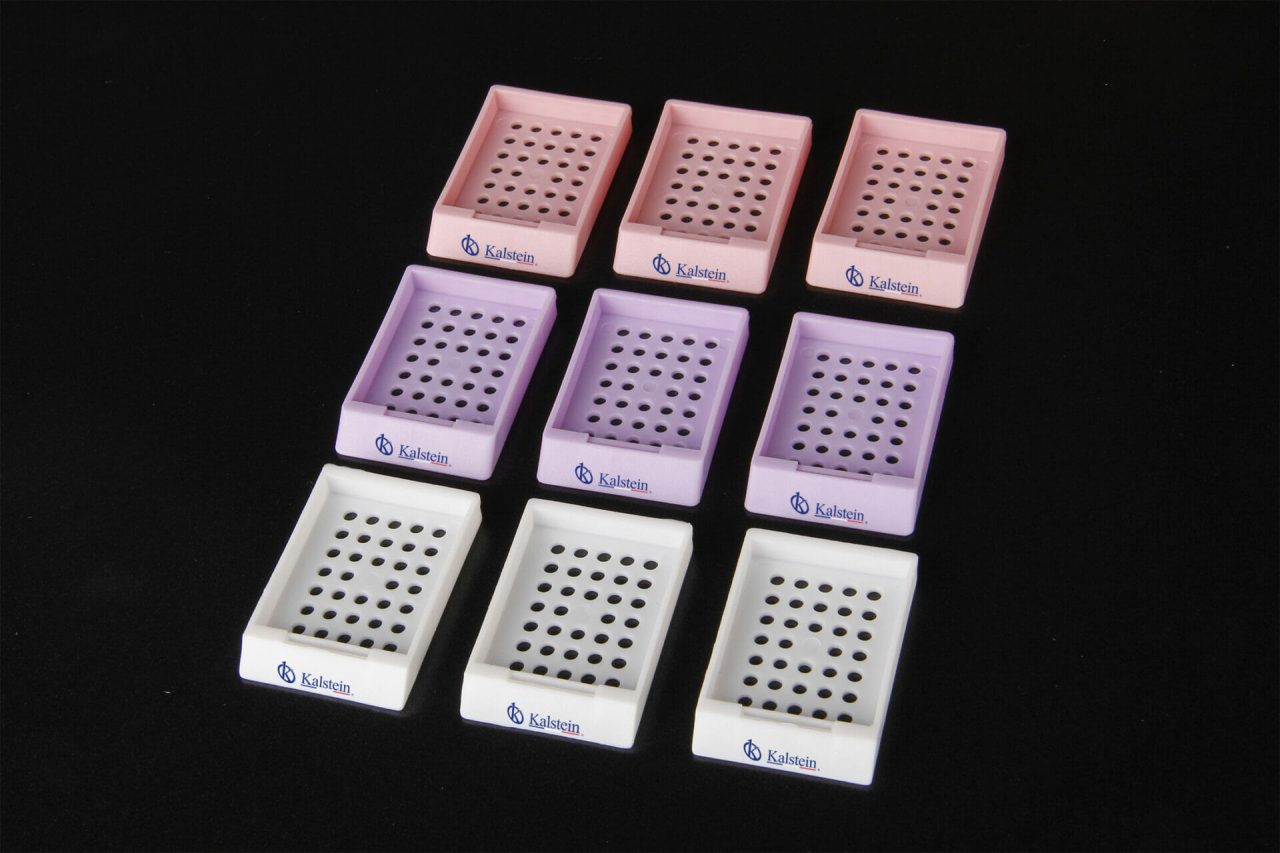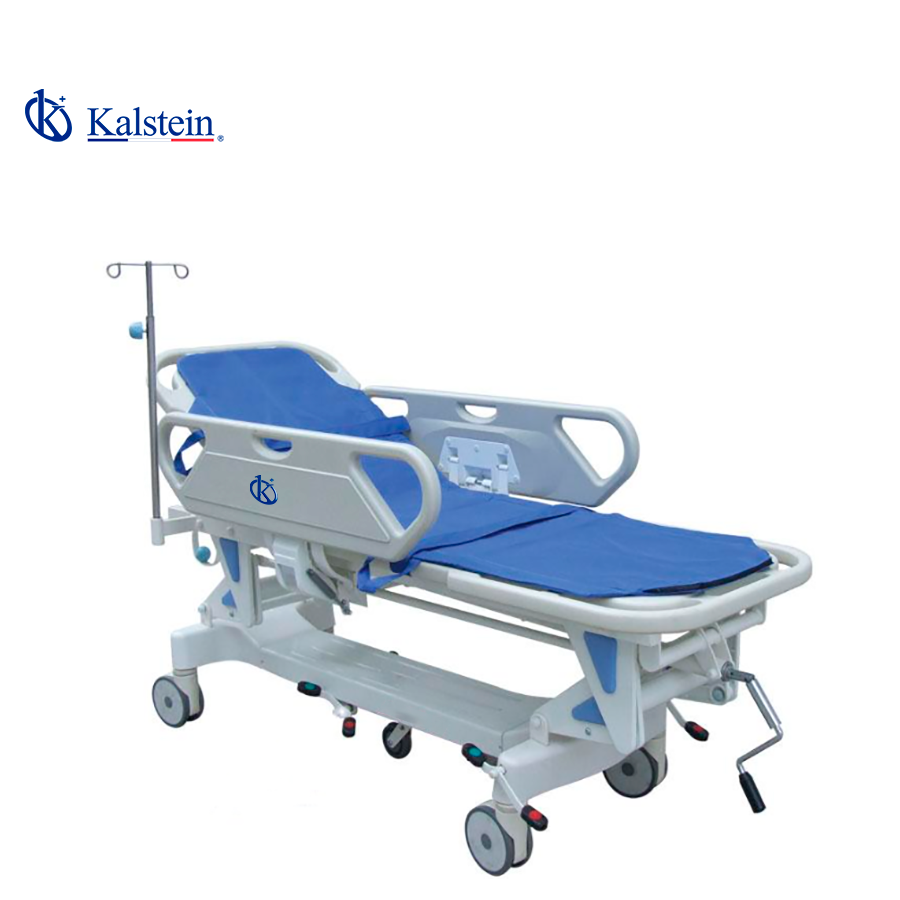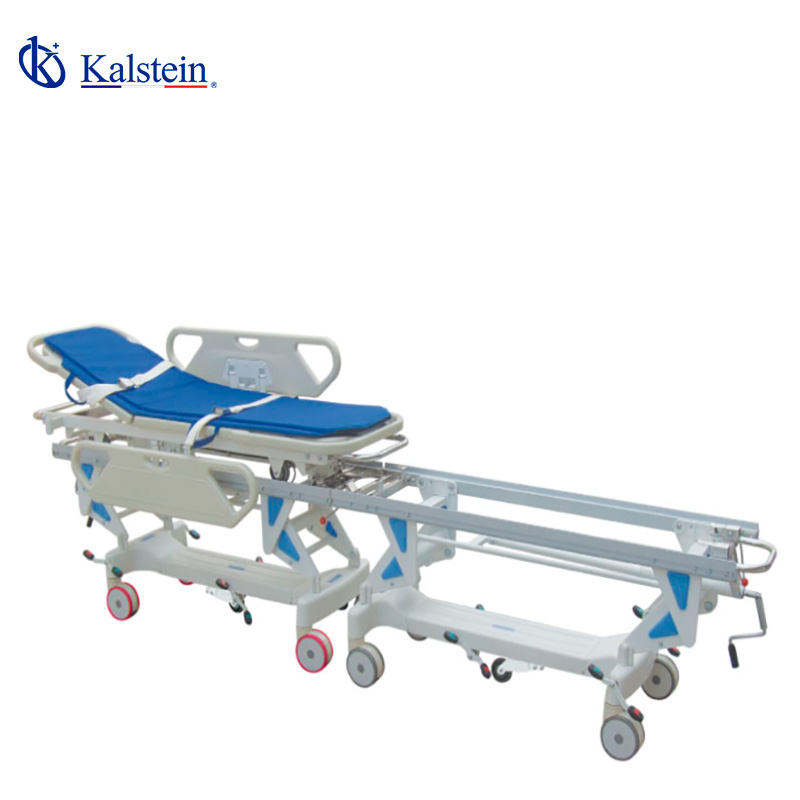Blood reagent testing has been one of the major scientific advances in the field of infectious disease investigation. This technique allows the healthcare professional to identify infectious diseases by detecting specific markers in the blood. These tests make it possible to determine precisely which pathogens are present, allowing early diagnosis and appropriate treatment for any type of infectious disease. This step is critical, as it can even be life-saving for the patient.
Designing a blood reagent test to investigate infectious diseases is a complex and time-consuming process. First, it is necessary to identify the biomarkers that characterize the disease and those that are useful for diagnosis. Once the markers have been selected, they must be validated by the laboratory to ensure that they are reliable. The inputs obtained during the development process lead to the development of specific protocols that relate the markers to the disease.
How can the design of blood reagent tests be improved?
One of the best ways to design a blood reagent test to investigate infectious diseases is to implement a series of quality controls. These controls involve measuring the accuracy of the results, the level of detail of the information collected, and the safety of the results. It is important to keep in mind that the results obtained should only be used as references, as the actual results may differ when applied to a real subject.
Therefore, physicians should always follow the guidelines established in the medical literature for accurate interpretation of blood reagent test results. Once blood reagent test results are available, it is important to perform a clinical evaluation to verify the presence of disease-related symptoms. This evaluation should include the patient’s medical history as well as a close analysis of the test results. This will help physicians confirm or rule out a diagnosis based on the test results.
The importance of having blood reagent tests to study diseases
In addition, protocols should include measuring and monitoring the patient’s response to treatment. This is because the efficacy of drugs varies according to the patients’ health status and the recurrence of infections may vary from patient to patient. For this reason, it is recommended that the results of the blood reagent test be monitored during treatment to detect any significant changes in the patient’s condition. This will allow physicians to correct the treatment if the disease continues to progress.
Finally, it should be noted that many infections presumptively related to infectious diseases can be detected by blood reagents. However, the determination of these conditions requires additional tests, such as radiographs, to confirm the diagnosis. Therefore, physicians should consider this additional information before making a definitive diagnosis based solely on the results of the blood reagent test.
In conclusion, designing a blood reagent test to investigate infectious diseases is a complex process that requires a great deal of precision. Test protocols must evaluate specific disease-related markers and validate those that are reliable. It is also important to implement quality controls to ensure the accuracy of the results. Similarly, clinical evaluation should be performed to corroborate the test results, as well as follow-up to detect any significant changes in the patient’s condition during treatment. Finally, additional tests should be performed to confirm a presumptive diagnosis based on blood reagent test results.
Laboratory testing with Kalstein blood reagents
With Kalstein blood reagents, laboratory tests are easy and safe to perform, and allow early diagnosis of diseases. Now available for sale, we have YRA1 // YRA14 Clinical Chemistry Reagents, which are widely used in the detection of certain markers such as urea, hemoglobin, creatinine and certain important electrolytes, which are key to assessing the patient’s health status. If you are interested in purchasing these reagents and would like to know the prices, you can contact us directly at the manufacturer’s website HERE and HERE.



